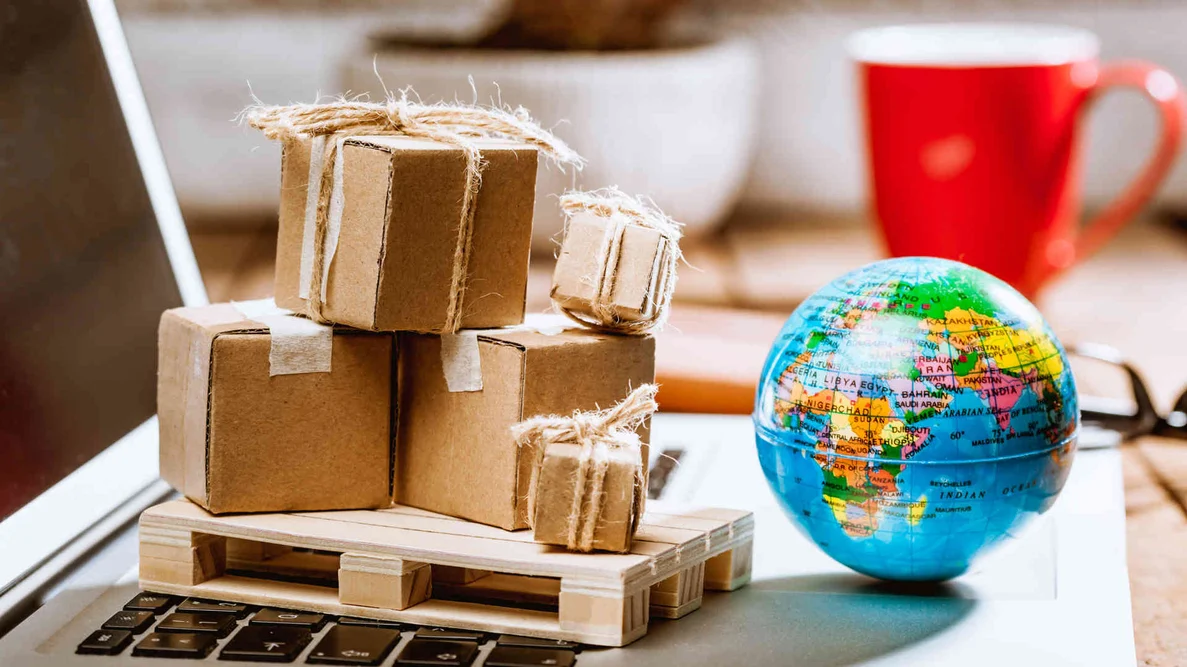3PL Fulfillment vs In-House:选择正确的电子商务履行模式
3PL 执行 自营与自建是每个成长中的电子商务品牌最终都要面对的问题。运营自己的仓库和执行团队可以让你掌控一切,但成本高昂且复杂。另一方面,外包给第三方物流(3PL)提供商可以减少工作量,提高可扩展性,但也要权衡利弊。对于像 邮政包裹在注重现代物流的美国,这一决定影响着企业的长期发展。本文将深入探讨这两种模式,比较它们的优缺点,以便您做出适合自己企业的正确选择。
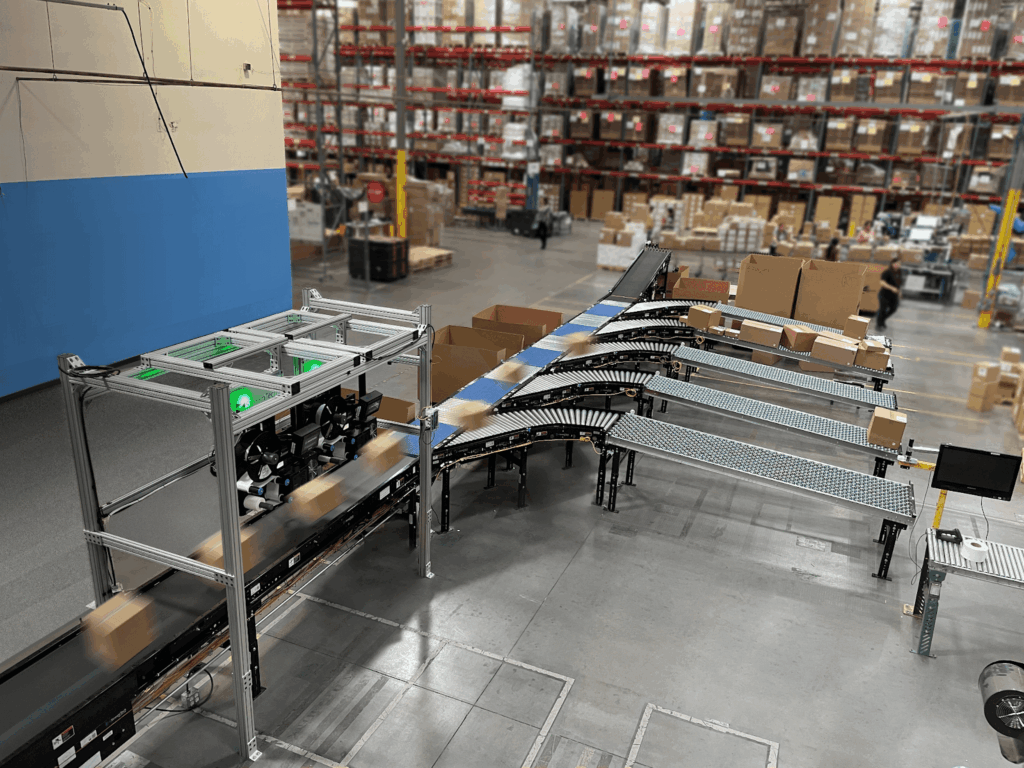
了解履约模式的基本原理
什么是内部履行?
内部 满足 这意味着将库存存储在自己的仓库中,与员工一起包装订单,并通过自己管理的承运商发货。它允许对从产品处理到客户体验的运营进行全面控制。
什么是 3PL 履行?
3PL 供应商将您的产品存放在他们的设施中,并负责分拣、包装和运输。他们利用已建立的承运关系、先进的跟踪系统和大宗运输能力,以更快的速度和更低的价格交付产品。
内部履行的优势
全面控制运行
管理自己的仓库可以实现全面监督。您可以决定仓储布局、包装方法和运输优先次序。对于拥有独特包装或专业产品的品牌来说,这种控制权非常宝贵。
定制和品牌
内部团队可以创建高度品牌化的开箱体验。从纸巾到手写笔记,每个细节都由您掌控。这有助于与重视个性化体验的客户建立更紧密的联系。
数据所有权
所有订单和库存数据都保留在系统内。这样可以更容易地分析模式,并与业务的其他部分集成,而无需依赖外部供应商。
内部履行的挑战
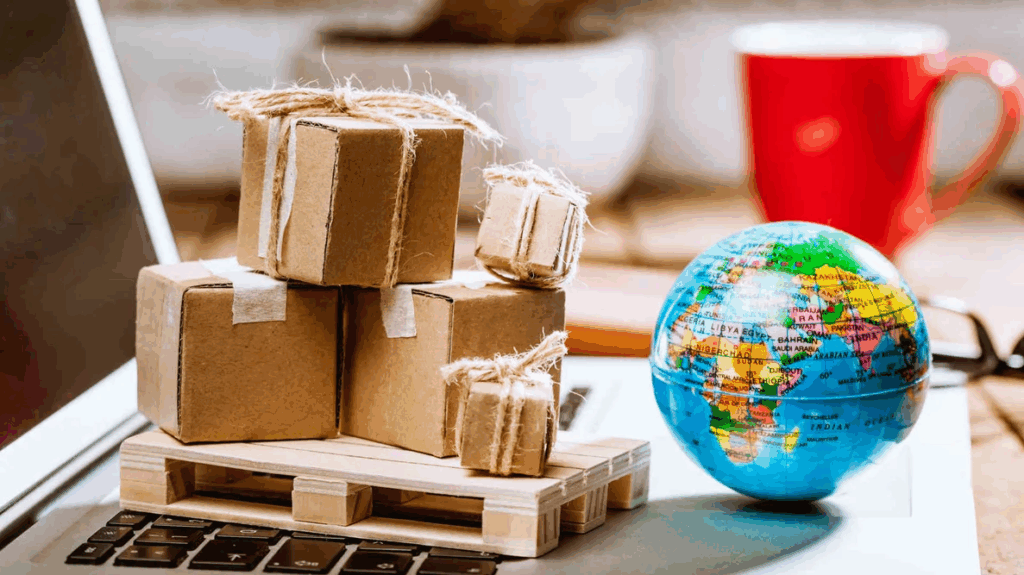
固定成本高
仓储、人员、设备和技术都很昂贵。对于中小型品牌来说,这些成本可能难以承受。
高峰期灵活性有限
处理突如其来的销售高峰(如节假日销售)可能会让内部团队不堪重负。雇用临时员工或增加仓库空间需要时间和计划。
分散核心业务的注意力
物流管理占用了产品开发、市场营销和客户参与的精力。许多品牌都在努力有效地平衡这两种角色。
第三方物流履约的优势
可扩展性
3PL 提供商是为应对增长而建立的。无论是 海运 每天 100 个或 10,000 个订单,他们可以迅速扩大规模,而无需投资新的设施。
节约成本
由于第三方物流公司的运输量大,他们通常能获得更优惠的承运价格。与其他客户共享基础设施与自己经营仓库相比,总体成本更低。
更快交货
许多第三方物流供应商在不同地区或国家运营多个仓库。这缩短了运输距离,在主要市场可实现 2 天甚至当天交货。
先进技术
第三方物流公司使用跟踪平台、仓库自动化和集成仪表板。这些工具可为企业和客户提供实时更新。公司如 邮政包裹 通过品牌跟踪页面和预测性交付时间表来加强这一点。
第三方物流的挑战
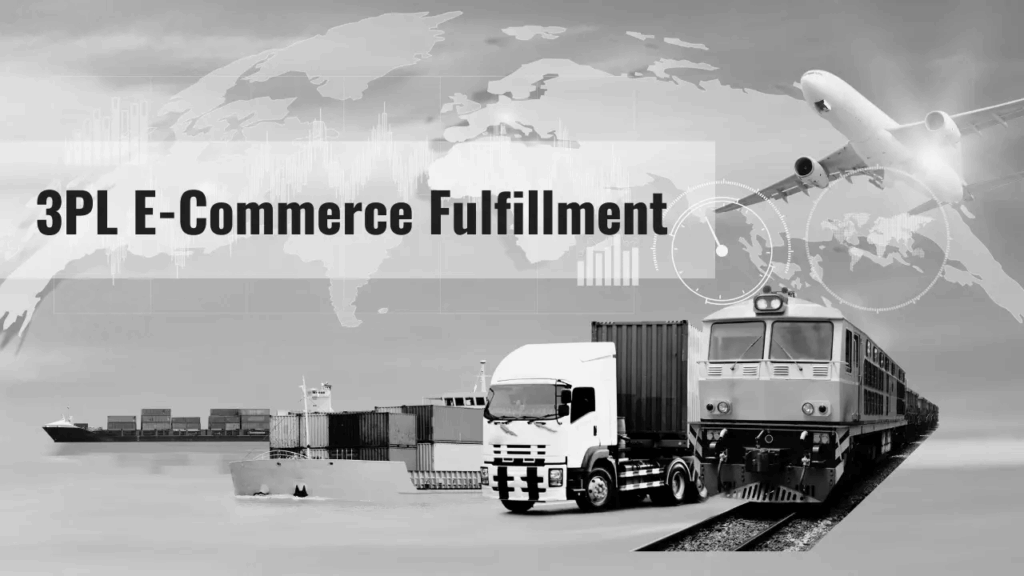
减少直接控制
外包意味着您需要依赖合作伙伴的流程。如果包装或处理不符合预期,就会影响您的品牌形象。
集成复杂性
并非所有 3PL 系统都能与每个电子商务平台顺利连接。设置可能需要技术工作或定制应用程序接口。
可变服务水平
第三方物流提供商的质量参差不齐。有些擅长 国际航运而其他合作伙伴则可能在客户支持或准确性方面存在不足。选择合适的合作伙伴至关重要。
第三方物流与内部物流的比较
成本比较
- 内部: 前期投资较高,持续固定成本。
- 3PL: 较低的启动成本,根据使用量收取可变费用。
控制与品牌
- 内部: 最大限度地控制包装和体验。
- 3PL: 除非使用高级服务,否则定制功能有限。
灵活性
- 内部: 适应峰值或全球扩张的速度较慢。
- 3PL: 可快速扩展并覆盖全球。
技术

- 内部: 取决于您对系统的投资。
- 3PL: 无需额外费用即可使用现代化工具。
内部履行的合理性
早期品牌
如果订单量较小,在公司内部完成订单可能更具成本效益。这样既可避免外包费用,又能对每份订单进行专人负责。
利基或专业产品
需要易碎处理、严格温度控制或豪华包装的产品可受益于直接管理。
强大的本地市场
服务于有限地理区域的品牌可能不需要第三方物流公司的规模就能有效管理履行。
什么时候 3PL 执行是更好的选择
快速增长
销售额快速增长的品牌往往会很快超出其仓库的容量。第三方物流公司可以吸收这种增长,并将干扰降到最低。
跨境运输
国际订单增加了复杂性--海关、多个承运商和各种法规。第三方物流提供商擅长 全球物流使跨境贸易更加顺畅。
聚焦核心优势
当创始人希望集中精力进行产品设计和营销时,外包物流可以节省时间和资源。
邮政小包在现代物流中的作用
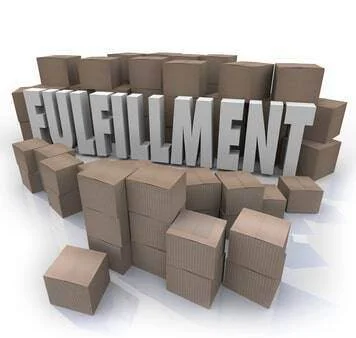
邮政包裹 通过将先进的跟踪工具与物流专业知识相结合,为第三方物流企业和电子商务企业之间架起了一座桥梁。它具有预测交付、品牌跟踪页面和承运商性能分析等功能,可增强外包和混合模式。卖方可获得实时可见性,而买方则可享受透明、便捷的体验。除了这些优势,PostalParcel 还提供可操作的数据洞察,帮助品牌识别模式,优化承运商选择,并随着时间的推移提高配送效率。这种技术与物流知识的结合创造了一种灵活的解决方案,可随着企业规模的扩大而调整,使全球市场的履约更加顺畅可靠。
混合模式:中间地带
一些品牌采用混合模式,将内部履行与 3PL 支持相结合。例如,它们可以在内部处理本地订单,同时将国际运输外包给第三方物流公司。这样既能保持对核心市场的控制,又能受益于外部的海外专业知识,一举两得。
决定前要问的关键问题
- 目前和预计的订单量是多少?
- 品牌包装对您的客户有多重要?
- 你们主要在本地销售还是跨境销售?
- 有多少预算可用于物流投资?
- 您的团队准备好长期管理仓库运营了吗?
回答这些问题有助于确定内部还是第三方物流,或者是两者的混合,才是正确的途径。
结论
选择第三方物流还是企业内部履行,取决于企业的发展阶段、客户期望和长期目标。企业内部可以实现控制和品牌自由,但需要高投入和高关注度。第三方物流提供了可扩展性、成本节约和全球覆盖,但代价是直接监督。平台如 邮政包裹 展示了现代跟踪和物流工具如何使这两种选择更加有效。通过权衡利弊,每个电子商务品牌都能找到支持增长、让客户满意的模式。
行业洞察
收件箱消息
Nulla turp dis cursus.整体释放,预留空间

